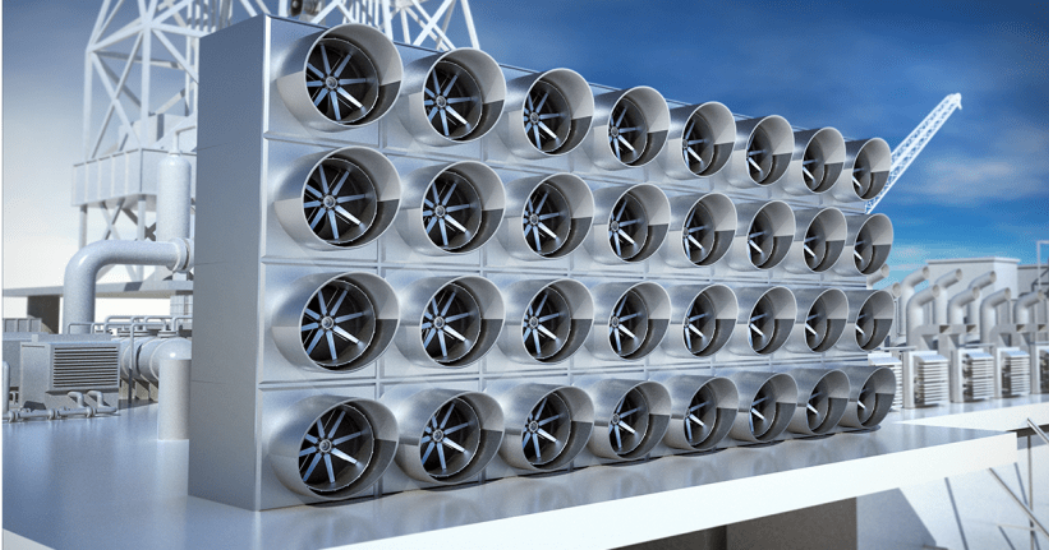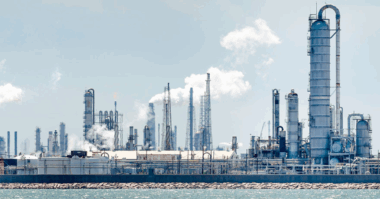Carbon capture is a key strategy in the global fight against climate change, focusing on capturing carbon dioxide (CO2) emissions from industrial processes and power generation before they enter the atmosphere. Given the massive CO2 outputs from large-scale industrial processes, this technology presents a direct solution to one of the world’s most pressing environmental challenges.
The process unfolds in three structured phases:
- Capture: At the onset, CO2 is identified and isolated directly from its emission source, be it power plants or expansive industrial facilities. The capturing is facilitated through an array of technologies, ranging from solvent-based absorption and membrane filtration to cryogenic separation.
- Transport: Post-capture, the CO2 is channeled to its designated storage site. While pipelines are predominantly used for this phase, alternative transportation methods like ships, trucks, or trains come into play, particularly when storage locations are distant.
- Storage: The culmination of the process lies in securely storing the captured CO2, ensuring it remains segregated from the atmosphere. Predominantly, this involves geological storage, where CO2 is dispatched deep into rock formations, which serve as long-term, stable reservoirs. Alternatives like mineralization, converting CO2 into solid carbonates, do exist. However, options like ocean storage, entailing the release of CO2 into the deep sea, remain controversial due to environmental apprehensions.
The primary goal of carbon capture is to reduce atmospheric CO2 emissions, thereby mitigating the greenhouse effect and the impacts of climate change. This technology is especially pivotal in industries where eliminating carbon emissions is daunting, such as cement and steel production or specific power generation techniques.
Diving deeper into the mechanics of carbon capture, the emphasis on machinery like compressors, pumps, and other rotating equipment is undeniable. Herein lies the crucial role of mechanical seals. These seals are not mere components; they are the guardians ensuring the efficiency of these machines and, more vitally, preventing any CO2 leaks. A single leak could potentially undermine the entire carbon capture effort.
Many carbon capture techniques deploy solvents adept at absorbing CO2. Some of these solvents, due to their corrosive nature, present unique challenges. Mechanical seals, in such scenarios, are the frontline defense, ensuring these aggressive solvents remain contained, safeguarding against equipment degradation and potential leaks.
With CO2 often being compressed to a supercritical state for its journey and storage, the environment within the machinery becomes intensely pressurized. Such conditions necessitate robust and resilient mechanical seals, reinforcing system integrity.
Understanding the nuances and challenges of this domain, companies like SEPCO have stepped up. Leveraging their profound expertise in sealing solutions, they’ve crafted specialized mechanical seals tailored explicitly for carbon capture and storage applications. These seals not only enhance the efficiency of the capture process but also significantly diminish its ecological footprint.




